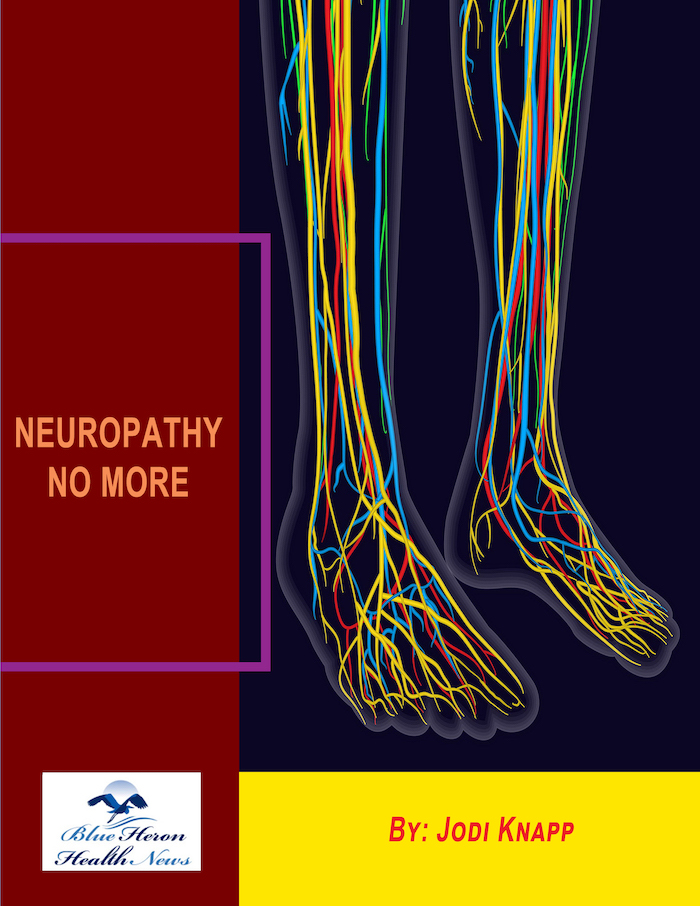
Neuropathy No More neuropathy No More By JODI KNAPP neuropathy is one of the most painful diseases which can make people suffer a lot. Even though medical science has progressed a lot, it could not really found a solution for this condition. This is because the condition is deep routed. You have to make sure that you are changing some of the lifestyle patterns to get relief from the symptoms. The Neuropathy No More is exactly what you need for that. This program is quite helpful and can provide you with all the important information that you will need to ensure better life without the symptoms.
What is the difference between peripheral neuropathy and central neuropathy?
The key difference between peripheral neuropathy and central neuropathy lies in the location of the damage within the nervous system. Here’s a breakdown of the differences:
1. Peripheral Neuropathy
- Location: Peripheral neuropathy involves damage to the peripheral nervous system (PNS), which includes all the nerves outside the brain and spinal cord. These nerves extend to the limbs, organs, and skin.
- Causes: Peripheral neuropathy can be caused by a wide range of factors, including:
- Diabetes (diabetic neuropathy)
- Infections (such as shingles or Lyme disease)
- Physical trauma or injury (e.g., carpal tunnel syndrome)
- Autoimmune diseases (e.g., Guillain-Barré syndrome)
- Nutritional deficiencies (e.g., vitamin B12 deficiency)
- Alcoholism, toxins, or certain medications.
- Symptoms: Symptoms of peripheral neuropathy vary depending on the type of nerves affected (sensory, motor, or autonomic), and may include:
- Numbness or tingling (pins and needles)
- Burning or stabbing pain
- Muscle weakness or paralysis
- Sensitivity to touch
- Loss of coordination or balance
- Abnormal blood pressure or heart rate (if autonomic nerves are affected).
- Areas Affected: Peripheral neuropathy most commonly affects the hands, feet, arms, and legs, leading to sensory and motor issues in those regions.
2. Central Neuropathy
- Location: Central neuropathy refers to nerve damage that occurs in the central nervous system (CNS), which includes the brain and spinal cord.
- Causes: Central neuropathy can result from conditions or injuries that affect the brain and spinal cord, such as:
- Stroke or transient ischemic attacks (TIAs)
- Multiple sclerosis (MS)
- Spinal cord injuries
- Brain or spinal cord tumors
- Neurodegenerative diseases (e.g., Parkinson’s disease, amyotrophic lateral sclerosis (ALS)).
- Symptoms: Symptoms of central neuropathy depend on the location and extent of the damage in the CNS, and may include:
- Loss of motor control or paralysis
- Muscle spasticity or rigidity
- Cognitive impairments or memory loss
- Difficulty with speech, vision, or swallowing
- Pain, burning, or other abnormal sensations in various parts of the body
- Altered reflexes or coordination.
- Areas Affected: Central neuropathy can affect any part of the body, depending on which part of the brain or spinal cord is involved.
Key Differences:
| Feature | Peripheral Neuropathy | Central Neuropathy |
|---|---|---|
| Location | Peripheral nervous system (nerves outside brain and spinal cord) | Central nervous system (brain and spinal cord) |
| Causes | Diabetes, injury, infections, autoimmune diseases, toxins | Stroke, multiple sclerosis, spinal cord injury, tumors |
| Symptoms | Numbness, tingling, pain, weakness in limbs, coordination issues | Paralysis, spasticity, cognitive impairments, pain in various body parts |
| Areas Affected | Limbs (hands, feet, arms, legs) | Body parts controlled by affected brain or spinal cord areas |
Conclusion:
Peripheral neuropathy affects the peripheral nervous system, leading to symptoms like numbness, pain, and weakness in the limbs, typically caused by conditions like diabetes or physical trauma. Central neuropathy, on the other hand, involves damage to the central nervous system, leading to more complex symptoms affecting movement, cognition, and sensation, often caused by stroke, multiple sclerosis, or spinal cord injury. Understanding the type of neuropathy helps guide appropriate treatment and management strategies.
Neuropathy No More neuropathy No More By JODI KNAPP neuropathy is one of the most painful diseases which can make people suffer a lot. Even though medical science has progressed a lot, it could not really found a solution for this condition. This is because the condition is deep routed. You have to make sure that you are changing some of the lifestyle patterns to get relief from the symptoms. The Neuropathy No More is exactly what you need for that. This program is quite helpful and can provide you with all the important information that you will need to ensure better life without the symptoms.